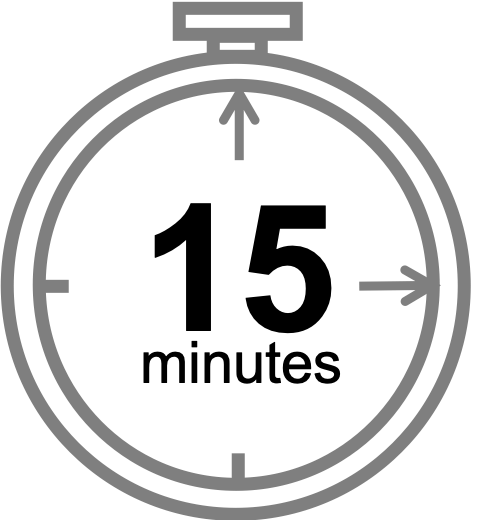 Quick Bite: Clouds in the Summer, Clouds in the Winter?
Quick Bite: Clouds in the Summer, Clouds in the Winter?
Take a look at the two maps below, which show the cloud fraction all over the globe at two different times of the year in 2019: June and December. On this map, cloud fraction is reported as a percentage (not as 'oktas'), where 0.0 = 0% cloud cover (clear sky), represented by dark blue, and 1.0 = 100% cloud cover (completely overcast), represented by white. Focus on the Arctic region in these two maps. Do you see a seasonal difference in Arctic cloud cover? Click on either map to go to the NASA Earth Observatory page where you can watch an animation of how cloud fraction changes around the globe throughout the year over a several year period. Watch the animation and think about the same question: Do you see a seasonal difference in Arctic cloud cover? If so, why do you think this might be (think about how clouds form)? Write down 1-2 hypotheses. What else varies seasonally in the Arctic? Image credits: NASA Earth Observatory
Additional Challenge: Want to compare cloud fraction to other variables, like sea surface temperature or net radiation? You can click on Show All Maps under Select and Compare on the right side of the NASA Earth Observatory page to compare seasonal cloud fraction to these other variables. Choose a few to compare cloud fraction to. Do you see any correlations? Does this help you answer any of the above questions about seasonal cloud cover in the Arctic?
Learn more about seasonal changes in Arctic clouds
Cloudy with a chance of warming: How do clouds connect to climate change in the Arctic?
